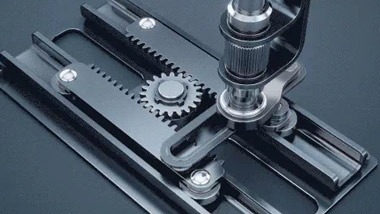Power Tool Plastic Metal Parts
Plastic metal parts are super important when it comes to making electric drills. These parts are made to be really strong and last a long time, which is key for drills that need to handle tough jobs. The process of making these parts involves using special molds, but let's focus on how these plastic metal bits come together.
You see, the folks who design these parts use fancy computer programs to get everything just right. This means every little piece fits perfectly, making sure the drill works smoothly and doesn't break easily. It's all about creating parts that can take a beating and keep going strong.
These plastic metal parts are used in lots of different types of electric tools, like saws and sanders, not just drills. They help make tools that are easy to put together and built to last. So, whether you're drilling through walls or sanding down wood, these parts play a big role in getting the job done right.
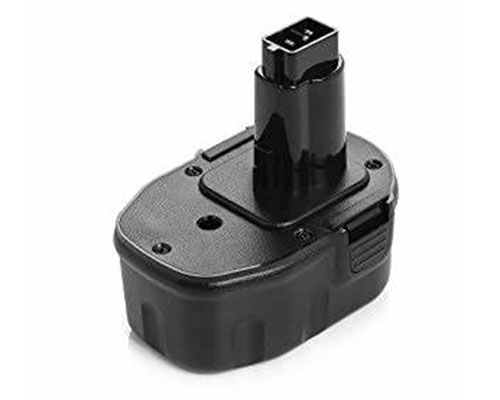
Power Tool Parts
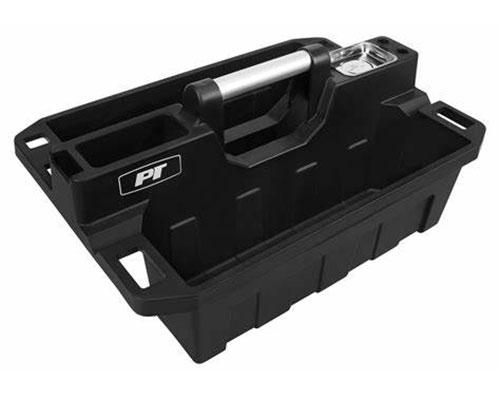
Power Tool Parts
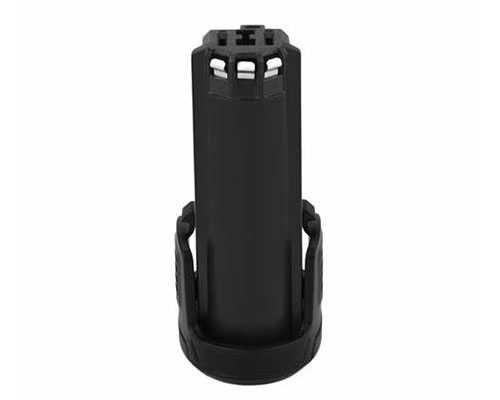
Power Tool Product
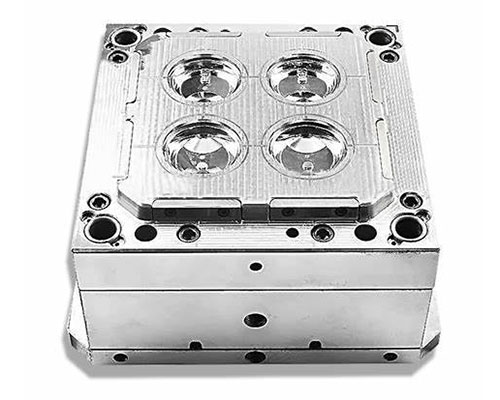
Power Tool Parts Mould
Power Tool Plastic Metal Parts Making Service
Be good at product structure optimization and greatly reduce the cost of Plastic Metal Parts custom solutions
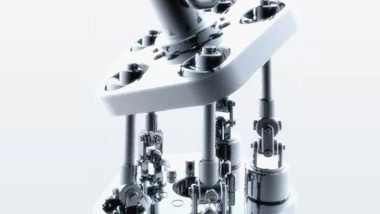
Part Design
Appearance and structural design
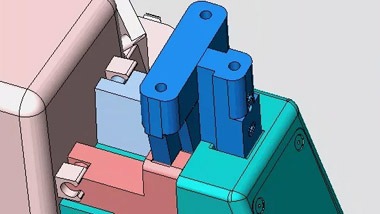
Mold Making
Design, DFM confirmation

Product Assembly
Incoming materials, inspection and assembly
Plastic Metal Parts are used in the Power Tool industry
In the power tool world, we count on plastic metal parts to make tools that last and work well. These parts are made using a special way called injection molding, where hot, melted stuff is poured into a mold, cooled down, and then popped out as finished pieces.
These plastic metal bits are super important for making all sorts of tools, like the outsides, gears, handles, and more. We use tough stuff like steel or aluminum for the molds because they can handle the heat and pressure without breaking.
One great thing about using these molds is they let us make really detailed and perfect parts every time. This means our tools come out just right, meeting all the specs we need.
Plus, these molds are speedy and save money when it comes to making lots of parts at once. They're perfect for big production runs, which is awesome for getting tools out to everyone who needs them.
And if we need to switch things up or make something new, these molds can be changed easily. That flexibility helps factories keep up with what people want or any new designs fast.
So, in short, plastic metal parts and their molds are vital in the power tool game. They help make strong, reliable tools that everyone from DIY fans to pros depends on. Whether you're fixing stuff around the house or building something big, having good quality tools matters, and these molds make sure we get them.
FAQ About Power Tool Plastic Metal Parts
What materials are commonly used for plastic parts in power tools?
Plastic parts in power tools are often made from durable materials like polycarbonate, nylon, and ABS plastic. These materials are chosen because they offer a good balance of strength, lightweight, and resistance to wear and tear. Polycarbonate is known for its impact resistance, while nylon provides excellent durability and flexibility. ABS plastic is favored for its toughness and ability to withstand high temperatures.
How do I know if a metal part is compatible with my power tool?
To ensure compatibility, check the model number and specifications of your power tool against the replacement part. Manufacturer websites usually have detailed diagrams and part lists that can help you identify the correct part. If you're unsure, it's always a good idea to consult the user manual or contact customer support for assistance.
Can I use plastic parts as replacements for metal ones in my power tool?
While some plastic parts can replace metal ones, it's essential to verify their suitability for your specific tool. Plastic parts are generally lighter and less prone to rust but may not withstand heavy-duty tasks as well as metal parts. Always refer to the manufacturer's recommendations before making any replacements.
Are there any safety concerns when using plastic parts in power tools?
Safety is paramount when using power tools. Ensure that the plastic parts you choose are rated for high temperatures and capable of withstanding the stresses of your tool. Regularly inspect these parts for signs of wear or damage, and replace them immediately if any issues are found to prevent accidents.
How do I clean and maintain plastic parts in my power tools?
Cleaning plastic parts is straightforward. Use a soft cloth with mild soap and water to wipe down the surfaces. Avoid using harsh chemicals or abrasive materials that could scratch or degrade the plastic. For maintenance, regularly check for cracks or signs of wear and replace parts as needed to keep your tool in optimal condition.
What are the benefits of using metal parts in power tools over plastic ones?
Metal parts are typically more durable and can handle heavier loads and higher temperatures compared to plastic. They are also less likely to warp or break under pressure, making them ideal for heavy-duty applications. However, metal parts are heavier and can rust if not properly maintained.
How often should I replace the metal parts in my power tool?
The frequency of replacing metal parts depends on how often you use your power tool and the conditions in which it operates. As a general rule, inspect your tool regularly for any signs of wear, such as rust, bending, or cracking. Replace parts immediately if you notice any damage to ensure safe operation.
Can I mix plastic and metal parts in my power tool?
Yes, you can mix plastic and metal parts, but it's crucial to ensure they are compatible and suitable for your tool's requirements. For instance, using plastic gears in a high-torque application might not be advisable, whereas plastic guards or covers can be practical and effective. Always follow the manufacturer's guidelines for best results.
Where can I purchase high-quality plastic and metal parts for power tools?
You can find high-quality parts at authorized dealers, hardware stores, or directly from the manufacturer's website. Online marketplaces like Amazon and eBay also offer a wide range of options, but be sure to verify the authenticity and quality of the parts before purchasing.
Are there any eco-friendly options for power tool parts?
Yes, many manufacturers now offer eco-friendly options for power tool parts, including recycled plastics and sustainably sourced metals. Look for products labeled as eco-friendly or sustainable to make more environmentally conscious choices. Additionally, opting for long-lasting, high-quality parts reduces waste by minimizing the need for frequent replacements.
